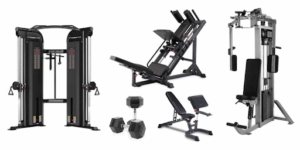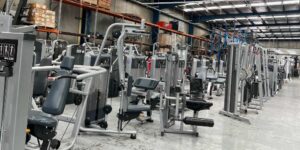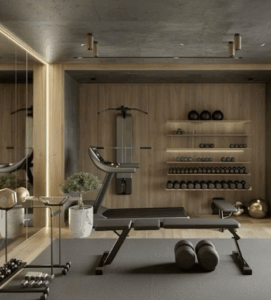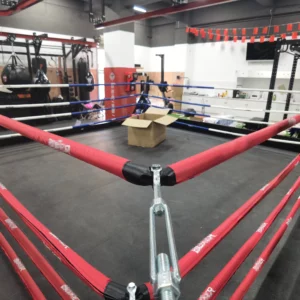How Refurbishment Is Shaping the Future of Sustainable Gym Equipment
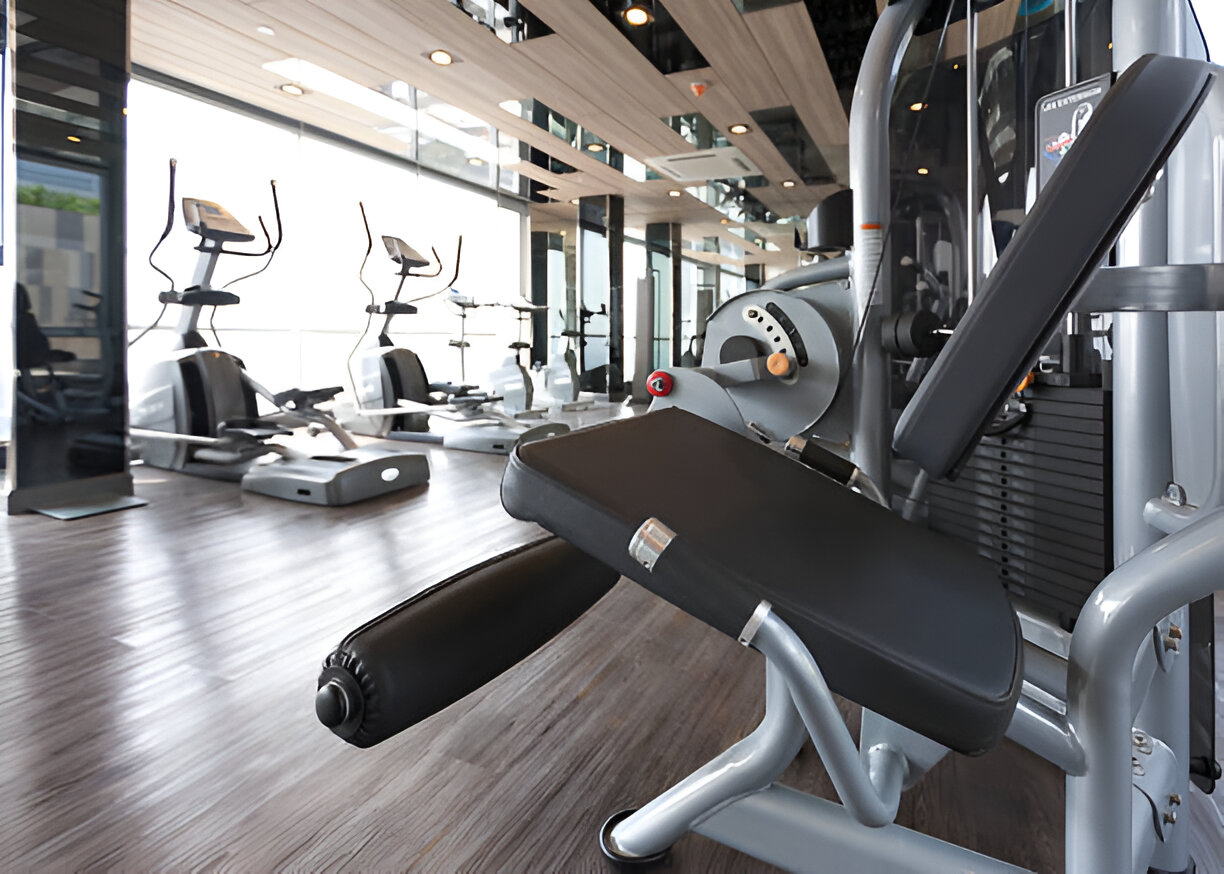
As global awareness of environmental concerns rises, industries everywhere are being urged to reduce their ecological footprint. The fitness industry – often seen as a leader in health and wellness – faces a unique challenge. While promoting physical well-being, many of its operations can unintentionally harm the planet. At Grays Fitness, we understand the importance of aligning fitness with environmental responsibility.
From energy-intensive machines to rapid equipment turnover, gyms and fitness centers contribute more to environmental degradation than many realize. Fitness spaces are often filled with plastic components, metals, electronics, and synthetic materials. When combined with high energy consumption, single-use plastics, and improper equipment disposal, the industry clearly needs a shift – and Grays Fitness is proud to be part of the movement toward more sustainable solutions.
What Makes Gym Equipment Environmentally Problematic?
Modern gym equipment is typically built using a combination of steel, plastic, rubber, and electronic parts. These machines often have a limited lifecycle – usually around 5 to 7 years in commercial settings – before they’re discarded. Many gyms replace their machines not because they’re broken, but because of newer models or aesthetic upgrades.
The result? Tons of still – functional equipment end up in landfills, adding to the global e – waste problem. Manufacturing new machines also requires the extraction of raw materials, extensive energy use, and carbon – heavy shipping processes – all of which contribute to the growing environmental crisis.
Introduction to Refurbishment as a Solution
Enter refurbishment – a powerful alternative that addresses both the environmental and economic concerns of fitness equipment use. Refurbishment gives used gym equipment a second life, keeping machines out of landfills and reducing the demand for new resources. It’s a solution that aligns the goals of fitness with those of sustainability.
What Is Gym Equipment Refurbishment?
Definition and Difference Between Refurbished and Remanufactured
Refurbished gym equipment refers to machines that have been previously used, then carefully inspected, repaired, cleaned, and tested to ensure they meet performance and safety standards. These may include minor part replacements, fresh paint, and updated electronics.
Remanufactured equipment, on the other hand, goes through a more intensive process. It’s disassembled entirely and rebuilt to “like – new” condition using a mix of original and new components. Remanufacturing often involves stricter quality control and full compliance with OEM (Original Equipment Manufacturer) standards.
In both cases, the goal is to extend the life of the equipment and reduce waste.
Refurbishment vs Buying New: What’s the Process?
The refurbishment process typically follows these key steps:
- Inspection: Equipment is assessed for structural and functional integrity.
- Cleaning and Disassembly: Machines are cleaned and disassembled for detailed examination.
- Repair or Replacement: Worn-out components (belts, motors, consoles) are replaced.
- Repainting and Reassembly: Aesthetic restoration includes repainting, upholstery updates, and reassembly.
- Testing: Each unit is tested rigorously to ensure it performs as expected.
- Certification and Warranty: Quality – checked refurbished machines often come with warranties to guarantee reliability.
Compared to buying new, refurbishment requires fewer raw materials and less energy, offering a more eco-conscious and cost-effective alternative.
Lifecycle Extension of Fitness Machines
By refurbishing gym equipment, its lifecycle can often be extended by an additional 5 – 10 years. This not only delays disposal but also reduces the environmental impact associated with manufacturing, transportation, and shipping. Some equipment can even go through multiple refurbishment cycles – further maximizing its value and utility.
Environmental Benefits of Refurbished Gym Equipment
Reduction in Landfill Waste
One of the most immediate and measurable benefits of refurbishment is the dramatic reduction in waste. Every treadmill, elliptical, or stationary bike that’s refurbished is one less machine in a landfill. In the U.S. alone, fitness centers dispose of tens of thousands of machines every year. By choosing refurbished, gyms can be part of a circular economy that minimizes waste.
Lower Carbon Footprint During Manufacturing and Delivery
Manufacturing a new elliptical trainer can generate hundreds of kilograms of CO₂ emissions, largely due to mining, processing raw materials, and energy – intensive production lines. Refurbishment slashes this footprint by using existing structures and replacing only necessary components.
Additionally, refurbished machines often require less packaging and transportation – especially when sourced locally – further reducing carbon emissions associated with global logistics.
Decreased Raw Material Extraction
Mining for metals like steel, aluminum, and rare earth elements comes with a high environmental cost – deforestation, water pollution, and energy consumption. Refurbishment lessens the demand for these virgin resources, preserving natural ecosystems and reducing the strain on mining infrastructure.
Sustainable Materials and Eco – Friendly Practices in Refurbishment
Some refurbishment providers take sustainability a step further by integrating eco – friendly practices into their operations. This includes:
- Using water – based paints or low – VOC (volatile organic compound) finishes
- Sourcing parts from ethical suppliers
- Recycling non – reusable components
- Utilizing solar or renewable energy in workshops
These efforts compound the environmental benefits and demonstrate a full – circle approach to sustainability.
If you’re looking for refurbished gym equipment that aligns with green values, contact us today to learn how we support environmentally responsible solutions.
Economic and Operational Advantages for Gyms
Cost – Effectiveness of Refurbished Equipment
Perhaps the biggest drive behind the rise of refurbished gym equipment is cost. High-end fitness machines can cost thousands – or even tens of thousands – of dollars new. Refurbished models can cost 30% to 70% less, depending on the brand and condition, making it an attractive option for budget – conscious gym owners.
This allows gyms to invest in more equipment, diversify their offerings, or funnel savings into other upgrades like facility design, classes, or marketing.
Warranties and Reliability Compared to New Units
A common misconception is that refurbished means unreliable. But most reputable vendors offer warranties ranging from 6 months to 2 years, depending on the extent of refurbishment. Some companies even offer service contracts, much like new equipment manufacturers.
Given that many refurbished machines are commercial – grade and built to withstand years of use, they often perform just as well as new models – especially when reconditioned by professionals.
ROI Analysis for Gym Owners and Fitness Centers
From a business perspective, refurbished equipment offers a compelling ROI:
- Lower initial investment means faster break-even points.
- Reduced depreciation compared to new equipment.
- Lower insurance and replacement costs in case of damage or theft.
- Increased customer satisfaction, when more machines are available due to cost savings.
In essence, it’s a smart financial move with clear long – term benefits.
Challenges and Misconceptions Around Refurbished Gym Equipment
Despite the advantages, the refurbished equipment market still faces skepticism. Common challenges include:
- Perception of lower quality: Many consumers still equate “used” with “worn out,” despite rigorous refurbishment standards.
- Lack of regulation: The term “refurbished” can be loosely applied, leading to inconsistency in quality. Choosing a reputable vendor is key.
- Compatibility concerns: Some refurbished machines may not be compatible with the latest fitness tracking software or apps.
- Limited customization: Unlike new equipment, which can be custom-ordered, refurbished options often depend on availability.
Overcoming these barriers requires education, transparency, and improved industry standards.
Conclusion – Leading the Fitness Revolution Sustainably
As the fitness industry continues to evolve, so too must its commitment to sustainability. Grays Fitness champions refurbished gym equipment as a smart, eco-conscious solution that blends environmental responsibility with economic value. By extending the life cycle of fitness machines, reducing landfill waste, and lowering the carbon footprint associated with new manufacturing, refurbishment allows gyms to operate more sustainably – without compromising on performance or quality.
For gym owners, refurbished equipment from Grays Fitness is a cost-effective way to maintain high-performance facilities while appealing to today’s environmentally conscious consumers. And for the broader community, it supports circular economic principles that help protect our planet.
Frequently Asked Questions (FAQs)
1. Is refurbished gym equipment reliable?
Yes. Reputable refurbished equipment suppliers thoroughly inspect, repair, and test all machines to meet safety and performance standards. Many even offer warranties that rival those of new equipment.
2. What’s the difference between refurbished and remanufactured gym equipment?
Refurbished equipment is cleaned, repaired, and restored to good working condition, while remanufactured equipment is fully disassembled and rebuilt to “like – new” condition, often meeting original manufacturing standards.
3. Does refurbished equipment come with a warranty?
In most cases, yes. Depending on the supplier and the level of refurbishment, warranties can range from 6 months to several years. Always check the warranty terms before purchasing.
4. How much money can I save by buying refurbished equipment?
You can typically save between 30% to 70% compared to buying brand – new fitness equipment. The exact savings depend on the type, brand, and condition of the machines.
5. Will my gym members notice if the equipment is refurbished?
Not likely – especially if the refurbishment was done professionally. High – quality refurbished machines often look and perform just like new ones. With proper upkeep, most members won’t notice any difference.






